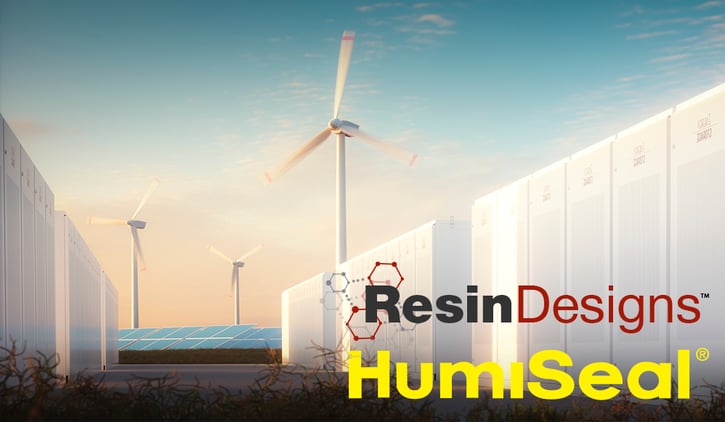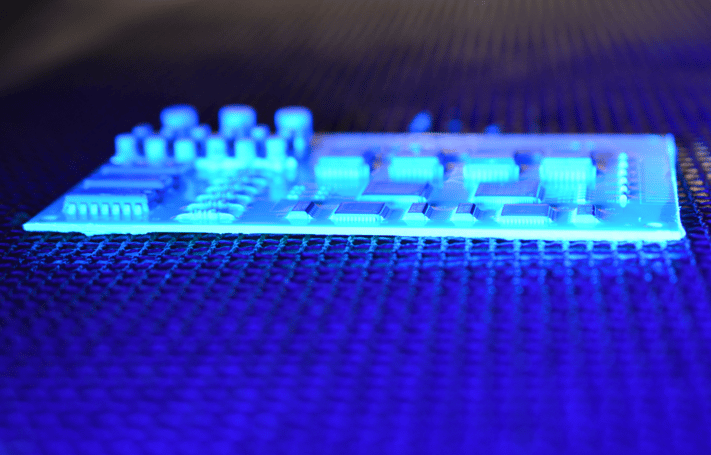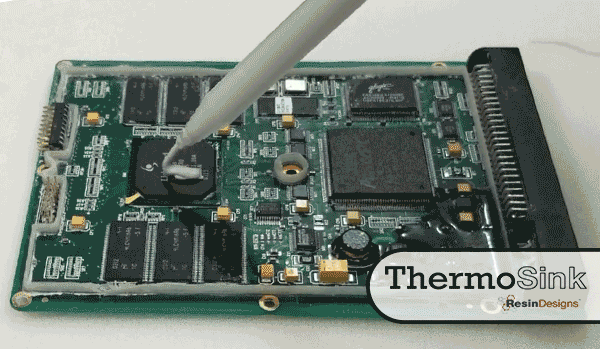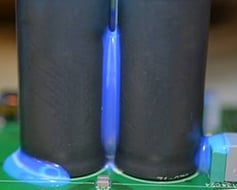 Modern hydrogen fuel cell technologies require ever more sophisticated and reliable electronic control systems to assure both safety and longevity. Hydrogen fuel cells are gaining in popularity in critical industries including automotive, aerospace, ocean transportation, military, and power microgrid systems among others. Protection of printed circuit boards and their components from physical, chemical, and thermal damage is essential to produce robust and reliable fuel cell systems for demanding applications.
Modern hydrogen fuel cell technologies require ever more sophisticated and reliable electronic control systems to assure both safety and longevity. Hydrogen fuel cells are gaining in popularity in critical industries including automotive, aerospace, ocean transportation, military, and power microgrid systems among others. Protection of printed circuit boards and their components from physical, chemical, and thermal damage is essential to produce robust and reliable fuel cell systems for demanding applications.
Challenges to Fuel Cell Electronics
A critical function in the control of hydrogen fuel cells is an accurate electronic voltage monitoring system. Innovations such as the multi-stacked fuel cell require precise monitoring and control of each individual fuel cell to assure performance and safety. Control PCBs and components can be stressed with currents in the hundreds of amps and high voltages not seen in simpler designs. The complexity and required speed of control lead to designs with more processing power and larger components. To maintain performance, a number of threats to these electronics and controls must be addressed. They include
- liquid or gaseous contamination,
- mechanical shock and vibration, and
- heat buildup/thermal stress.
Liquid or gaseous contamination is generally self-explanatory. In general, liquid contacting electronics, exposure to water vapor or noxious gasses can result in short circuits and device failures. Prevention of failures has been and continues to be the indispensable function of conformal coatings. Conformal coating for contaminant protection will remain necessary for fuel cell designs in automotive and aerospace. In addition, future marine fuel cell electronics will require protection from the corrosive salt ambient conditions.
Mechanical shock and vibration are, of course, also threats in mobile devices such as those in cars, boats, and planes. As an example, many high-powered electronics contain large components such as large capacitors and relays. Automotive fuel cells with these larger components require additional staking materials to dampen the continuous mechanical shock acquired during standard driving. The same can be true within other industries such as military and aerospace.
Heat buildup/thermal stress is becoming one of the most challenging issues in fuel cell control devices. As mentioned earlier, voltages and currents can be quite large in these controls, and they often contain high-speed microprocessors and integrated circuits. This power and speed often result in heat buildup requiring some form of thermal management to avoid damage to sensitive components. Industrial and microgrid multi-stack fuel cells need thermally dissipative products along with ambient chemical pollutants protection.
Possible Solution
 Conformal coatings used in today’s fuel cell industry vary greatly depending on the function of the fuel cell. UV-curable products continue to provide the greatest advantages to fuel cell PCB designers due to their ability to protect from chemicals, water and chemical vapors. In addition, UV-curable coatings have very good operating temperature resistance. Finally, UV-curables contain no organic solvents, can be considered environmentally friendly, and constitute a natural fit into the green profile of the fuel cell. Long tested and proven in the white goods washing industry (dishwashers, clothing washing/drying machines), UV-curables have been fully vetted with PCBA corrosive products such as bleach, detergent, and moisture. UV-curable coatings like UV40, UV50, or the new LED-curable UVA300 have been specifically designed with the requirements of the fuel cell industry in mind.
Conformal coatings used in today’s fuel cell industry vary greatly depending on the function of the fuel cell. UV-curable products continue to provide the greatest advantages to fuel cell PCB designers due to their ability to protect from chemicals, water and chemical vapors. In addition, UV-curable coatings have very good operating temperature resistance. Finally, UV-curables contain no organic solvents, can be considered environmentally friendly, and constitute a natural fit into the green profile of the fuel cell. Long tested and proven in the white goods washing industry (dishwashers, clothing washing/drying machines), UV-curables have been fully vetted with PCBA corrosive products such as bleach, detergent, and moisture. UV-curable coatings like UV40, UV50, or the new LED-curable UVA300 have been specifically designed with the requirements of the fuel cell industry in mind.
|
Image: Staking with UV20 Gel |
The issue of mechanical shock and vibration exposure often requires a multifaceted approach. In automotive fuel cell protection, for example, UV500 conformal coating has proven to be an appropriate option along with the use of the latest staking and vibration protection material UV20GEL. UV20GEL is a complimentary and UV-conformal coating compatible product to dampen the mechanical shock and vibration experienced by tall components on the PCBA. As proven in the automotive industry, the fuel cell control and monitoring modules may require extra protection to survive long service life in the most challenging environments.
Related article: Ruggedization of Electronic Circuits? Encapsulation is One of The Best-kept Protection Secrets
 Finally, we will discuss the issue of heat buildup and the need for thermal management. Industrial stacked fuel cells produce high operating voltages and therefore provide challenges to the PCBA designer. Millivolt differences across stacked cells add up to larger combined losses. As a result, accuracy in monitoring and adjustments is critical during standard operation. As temperatures increase, the performance of a communication bus and voltage monitors may reduce the performance of the fuel cell system without thermally dissipative products. Thermosink 35, due to its high thermal conductivity of 3.8W/mK, has been proven to stabilize the PCBA temperature. Additionally, products such as thermal pads for individual components will help to provide greater temperature control during standard and high-demand fuel cell operation.
Finally, we will discuss the issue of heat buildup and the need for thermal management. Industrial stacked fuel cells produce high operating voltages and therefore provide challenges to the PCBA designer. Millivolt differences across stacked cells add up to larger combined losses. As a result, accuracy in monitoring and adjustments is critical during standard operation. As temperatures increase, the performance of a communication bus and voltage monitors may reduce the performance of the fuel cell system without thermally dissipative products. Thermosink 35, due to its high thermal conductivity of 3.8W/mK, has been proven to stabilize the PCBA temperature. Additionally, products such as thermal pads for individual components will help to provide greater temperature control during standard and high-demand fuel cell operation.

Conclusion
The fuel cell industry continues to advance at a rapid pace due to a number of factors including a drive for green energy and the search for more reliable and renewable power sources. Fuel cells can be expected to play a role in many fuel intensive industries such as microgrid setups, marine power, and automotive. These fuel cells require sophisticated, high-speed, and extremely reliable electronic controls. A major challenge remains the maximization of output for stacked cell design via improved electronic control and long service life. These controls require a multitude of protective polymers, coatings, staking materials, and thermal management materials.
As a supplier of electronics protection polymers and coatings, Chase Corporation and our employees can help you with an unbiased approach to evaluating your application and process. We’ll show you how to maximize efficiency, minimize cost, and improve product reliability. Our outstanding manufacturing and technical support groups can provide your organization with reliable global supply, unmatched quality, and superior technical support.
Please contact us today to discuss your application.








